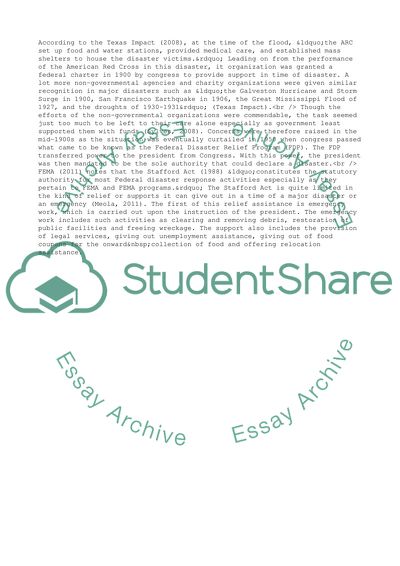Cite this document
(Emergency Management Research Paper Example | Topics and Well Written Essays - 2000 words, n.d.)
Emergency Management Research Paper Example | Topics and Well Written Essays - 2000 words. Retrieved from https://studentshare.org/management/1579017-emergency-management
Emergency Management Research Paper Example | Topics and Well Written Essays - 2000 words. Retrieved from https://studentshare.org/management/1579017-emergency-management
(Emergency Management Research Paper Example | Topics and Well Written Essays - 2000 Words)
Emergency Management Research Paper Example | Topics and Well Written Essays - 2000 Words. https://studentshare.org/management/1579017-emergency-management.
Emergency Management Research Paper Example | Topics and Well Written Essays - 2000 Words. https://studentshare.org/management/1579017-emergency-management.
“Emergency Management Research Paper Example | Topics and Well Written Essays - 2000 Words”. https://studentshare.org/management/1579017-emergency-management.


